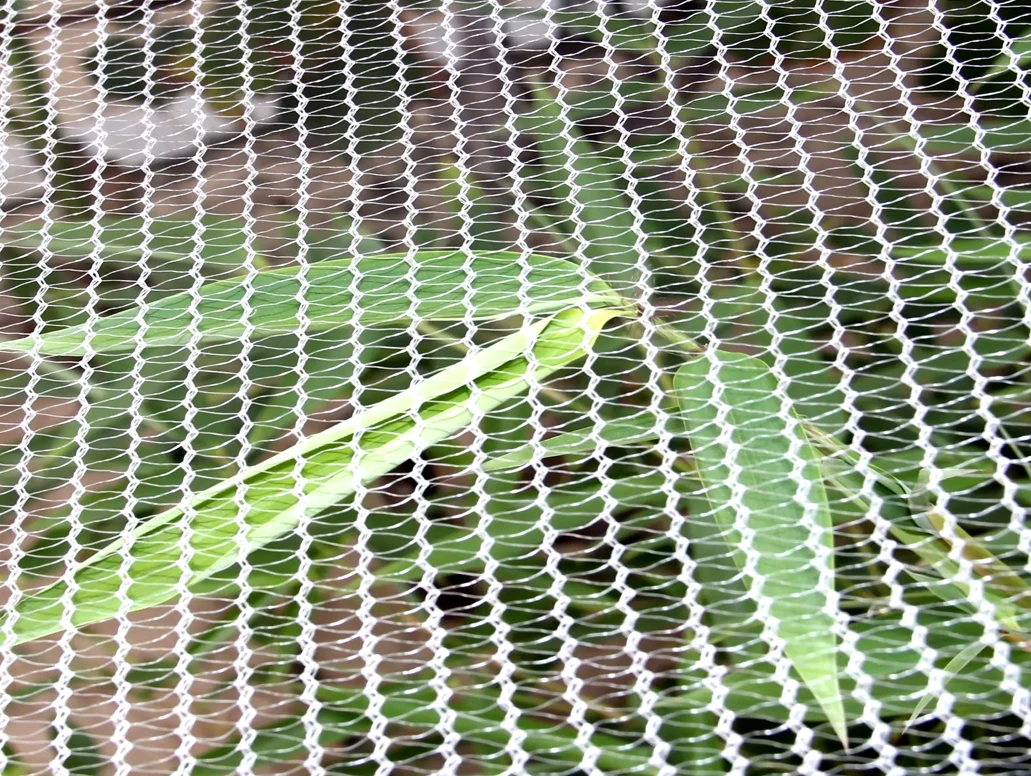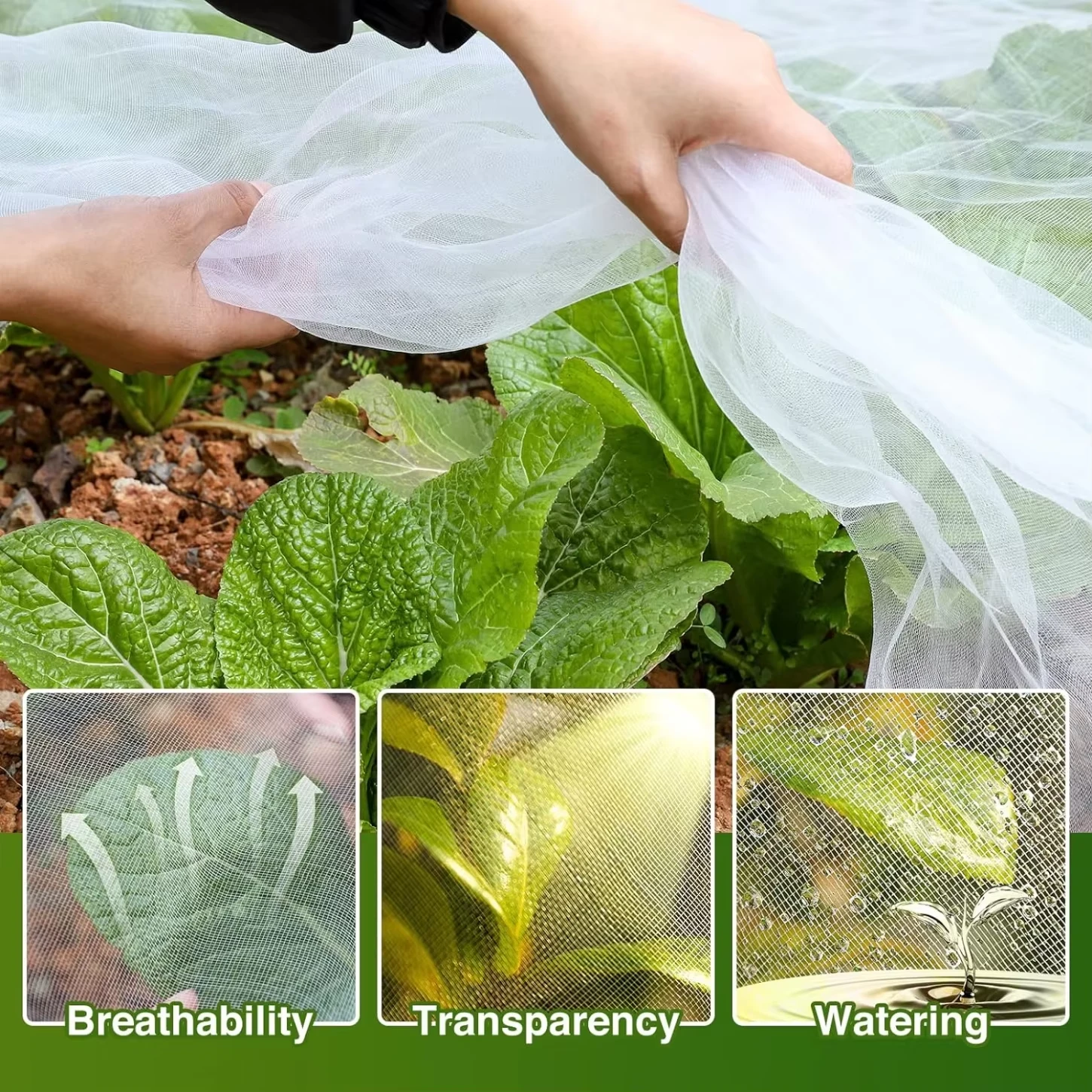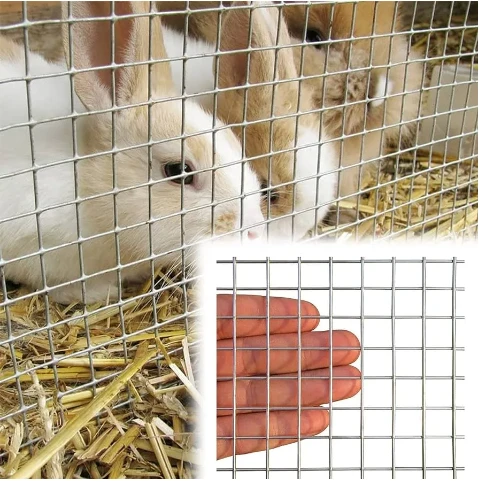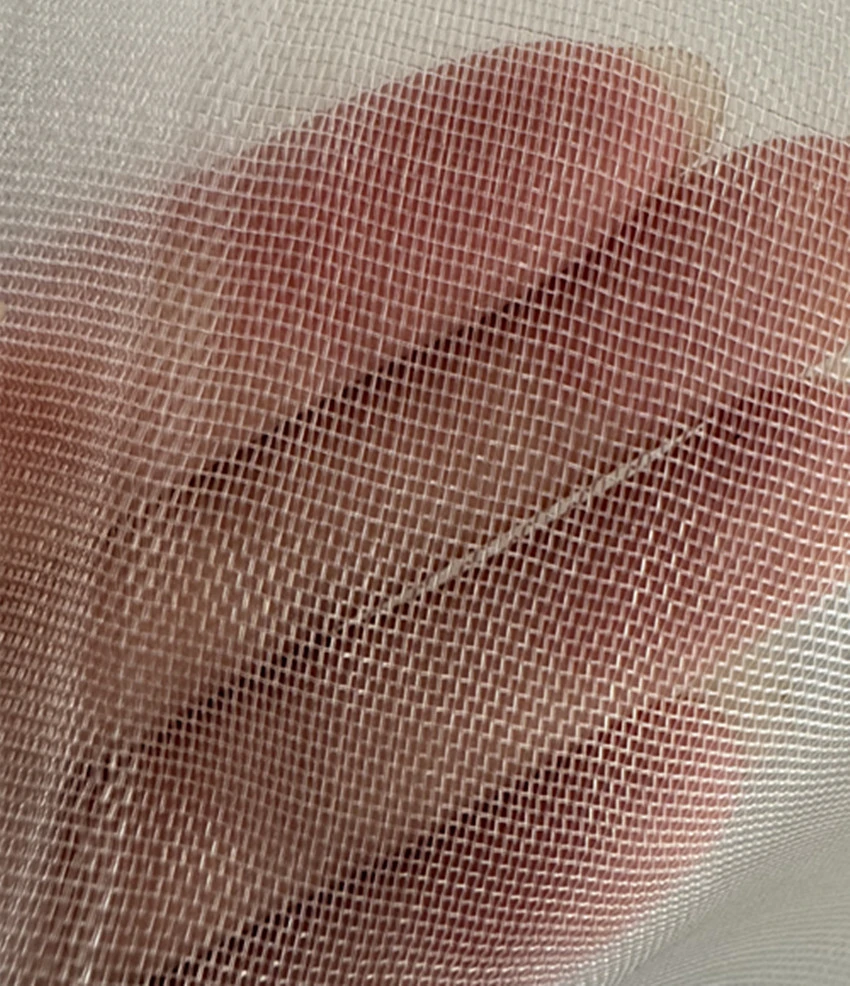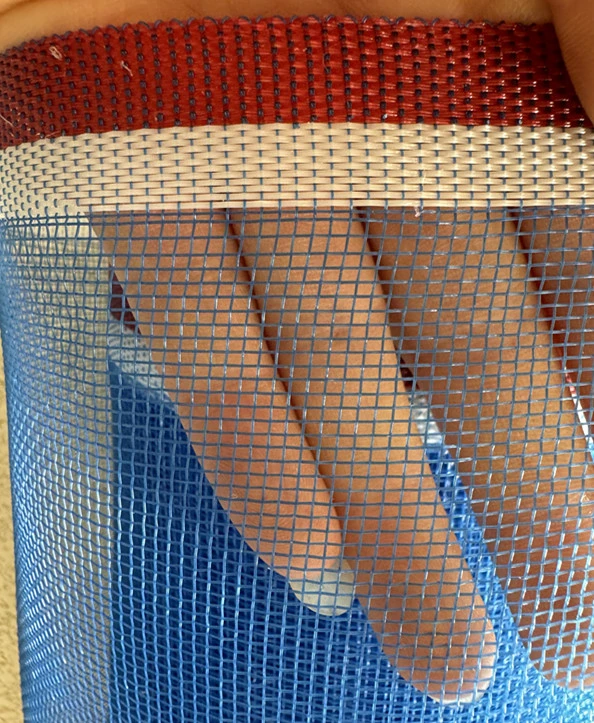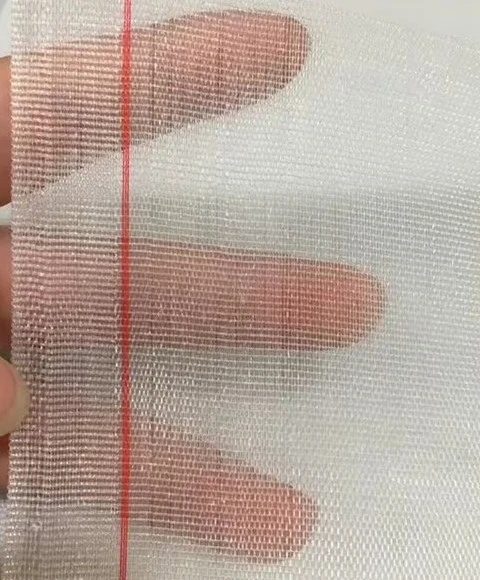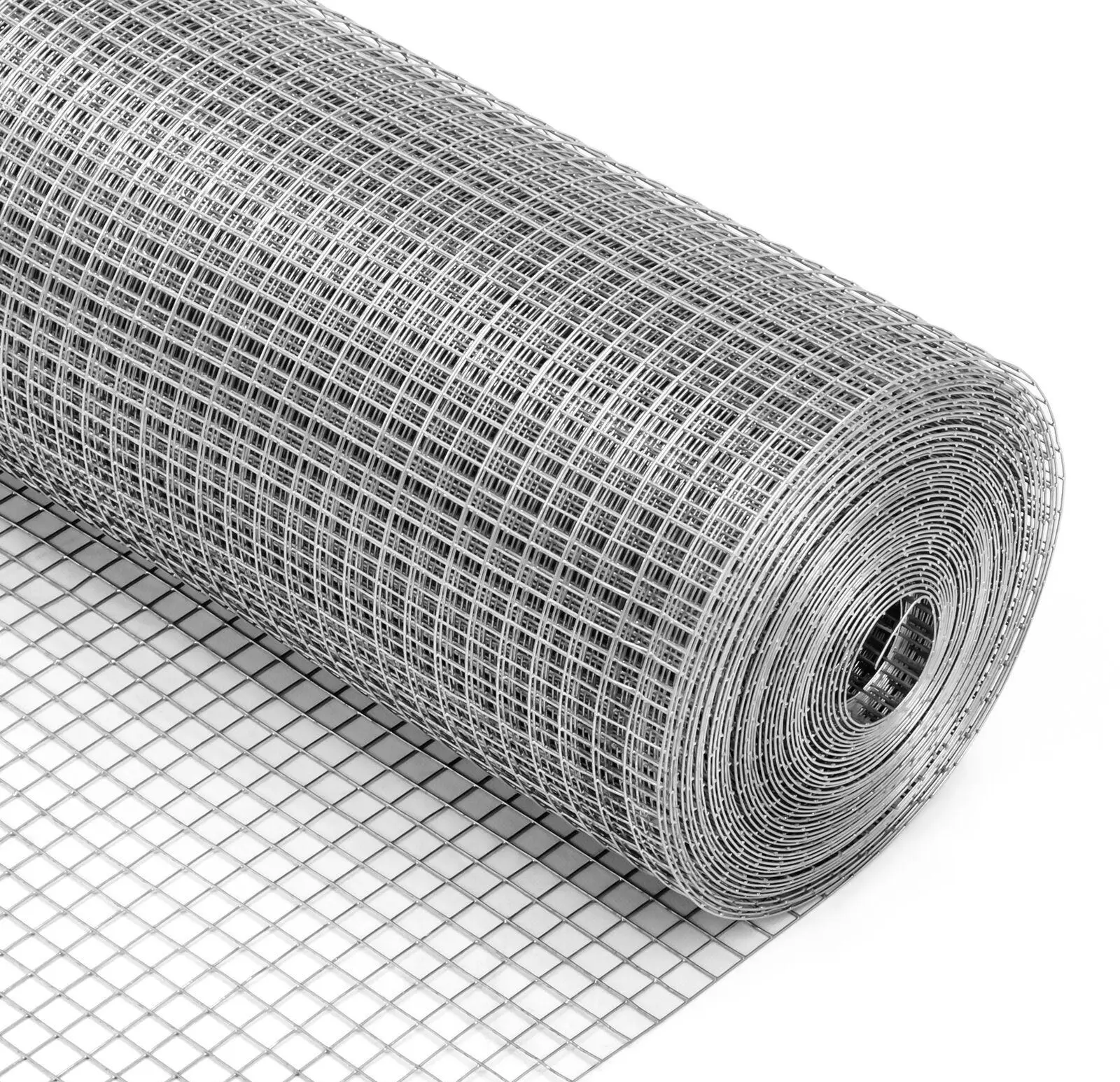-
 Afrikaans
Afrikaans -
 Albanian
Albanian -
 Amharic
Amharic -
 Arabic
Arabic -
 Armenian
Armenian -
 Azerbaijani
Azerbaijani -
 Basque
Basque -
 Belarusian
Belarusian -
 Bengali
Bengali -
 Bosnian
Bosnian -
 Bulgarian
Bulgarian -
 Catalan
Catalan -
 Cebuano
Cebuano -
 China
China -
 Corsican
Corsican -
 Croatian
Croatian -
 Czech
Czech -
 Danish
Danish -
 Dutch
Dutch -
 English
English -
 Esperanto
Esperanto -
 Estonian
Estonian -
 Finnish
Finnish -
 French
French -
 Frisian
Frisian -
 Galician
Galician -
 Georgian
Georgian -
 German
German -
 Greek
Greek -
 Gujarati
Gujarati -
 Haitian Creole
Haitian Creole -
 hausa
hausa -
 hawaiian
hawaiian -
 Hebrew
Hebrew -
 Hindi
Hindi -
 Miao
Miao -
 Hungarian
Hungarian -
 Icelandic
Icelandic -
 igbo
igbo -
 Indonesian
Indonesian -
 irish
irish -
 Italian
Italian -
 Japanese
Japanese -
 Javanese
Javanese -
 Kannada
Kannada -
 kazakh
kazakh -
 Khmer
Khmer -
 Rwandese
Rwandese -
 Korean
Korean -
 Kurdish
Kurdish -
 Kyrgyz
Kyrgyz -
 Lao
Lao -
 Latin
Latin -
 Latvian
Latvian -
 Lithuanian
Lithuanian -
 Luxembourgish
Luxembourgish -
 Macedonian
Macedonian -
 Malgashi
Malgashi -
 Malay
Malay -
 Malayalam
Malayalam -
 Maltese
Maltese -
 Maori
Maori -
 Marathi
Marathi -
 Mongolian
Mongolian -
 Myanmar
Myanmar -
 Nepali
Nepali -
 Norwegian
Norwegian -
 Norwegian
Norwegian -
 Occitan
Occitan -
 Pashto
Pashto -
 Persian
Persian -
 Polish
Polish -
 Portuguese
Portuguese -
 Punjabi
Punjabi -
 Romanian
Romanian -
 Russian
Russian -
 Samoan
Samoan -
 Scottish Gaelic
Scottish Gaelic -
 Serbian
Serbian -
 Sesotho
Sesotho -
 Shona
Shona -
 Sindhi
Sindhi -
 Sinhala
Sinhala -
 Slovak
Slovak -
 Slovenian
Slovenian -
 Somali
Somali -
 Spanish
Spanish -
 Sundanese
Sundanese -
 Swahili
Swahili -
 Swedish
Swedish -
 Tagalog
Tagalog -
 Tajik
Tajik -
 Tamil
Tamil -
 Tatar
Tatar -
 Telugu
Telugu -
 Thai
Thai -
 Turkish
Turkish -
 Turkmen
Turkmen -
 Ukrainian
Ukrainian -
 Urdu
Urdu -
 Uighur
Uighur -
 Uzbek
Uzbek -
 Vietnamese
Vietnamese -
 Welsh
Welsh -
 Bantu
Bantu -
 Yiddish
Yiddish -
 Yoruba
Yoruba -
 Zulu
Zulu
steel netting
Steel Netting A Modern Solution to Diverse Challenges
In the contemporary world, the need for innovative and durable materials has become increasingly crucial in various sectors, from construction to agriculture. One such material that has gained significant attention is steel netting. This versatile solution, characterized by its strength, durability, and adaptability, plays an essential role in numerous applications, addressing challenges that traditional materials often fail to meet.
Steel netting, often made from stainless steel or galvanized steel wire, is designed to provide support, safety, and protection. Its inherent properties make it an ideal choice for various industries, including construction, fencing, and even marine applications. The durability of steel netting ensures that it withstands harsh environmental conditions, including extreme temperatures, humidity, and exposure to chemicals, which can rapidly degrade other materials.
One of the primary uses of steel netting is in construction, where it serves as reinforcement for concrete and other structures. By integrating steel netting into building frameworks, engineers enhance the tensile strength of concrete, reducing the risk of cracking and improving the overall integrity of the structure. This application is vital in constructing high-rise buildings, bridges, and tunnels, where safety and durability are paramount.
In addition to construction, steel netting is widely used in securing areas and protecting valuable assets. Its applications in fencing are particularly noteworthy. Steel netting fences provide a robust and reliable barrier for industrial sites, agricultural lands, and residential properties. Unlike traditional wooden or plastic fences, steel netting is much harder to breach, offering enhanced security against intruders and protecting livestock from predators. As crime rates increase in urban areas, the demand for secure fencing solutions continues to grow, and steel netting stands out as a preferred choice.
steel netting
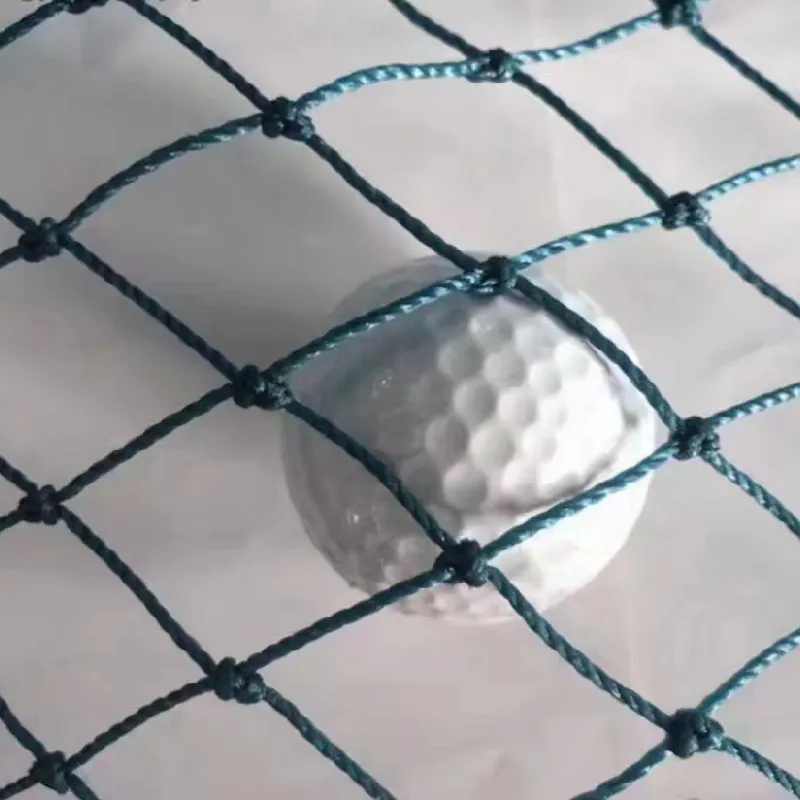
Beyond security, steel netting finds significant application in the agricultural sector. Farmers often employ steel netting to protect crops from birds and other wildlife that pose a threat to their yield. The strong yet lightweight nature of steel netting allows it to be easily deployed over vast agricultural fields, safeguarding fruits and vegetables without causing damage to the plants themselves. Furthermore, steel netting can be utilized in erosion control, providing stability to soil and preventing the loss of land in areas susceptible to heavy rainfall or flooding.
Another important area where steel netting is utilized is in the marine industry. Steel netting is often used in constructing fish farms and aquaculture systems. Its robust construction ensures minimal wear from saltwater exposure while providing a secure environment for aquatic life. Steel netting also aids in the prevention of escapes, which can have dire consequences for both biodiversity and the economy.
Moreover, the aesthetic appeal of steel netting cannot be overlooked. With modern design trends leaning towards transparency and openness, steel netting is increasingly used in architectural projects. It can be employed in facades, balustrades, and decorative applications while ensuring safety and compliance with building codes. Its sleek, industrial look contributes to contemporary design, appealing to architects and builders alike.
As the demand for sustainable solutions rises, steel netting also presents itself as a recyclable option. At the end of its life cycle, steel netting can be reclaimed, melted down, and reused to create new products. This aspect aligns with the growing global emphasis on sustainability and reducing waste, making steel netting not only a practical choice but also an environmentally responsible one.
In conclusion, steel netting represents a multifaceted solution to a wide range of challenges across industries. Its strength, durability, and versatility make it an invaluable material in construction, agriculture, and many other applications. As technology continues to advance, and the need for reliable, sustainable materials increases, steel netting is poised to remain at the forefront, contributing to safer and more efficient work environments while adapting to the evolving demands of modern society. Whether in reinforcing structures, securing properties, or enhancing agricultural practices, steel netting is indeed a remarkable innovation of our time.
-
The Sunshade Net Can Block Ultraviolet RaysNewsAug.11,2025
-
Main Application and Technology of Nylon ScreenNewsAug.11,2025
-
Green Anti UV Sunshade Net: The Perfect Combination of Ecological Friendliness and Practical PerformanceNewsAug.11,2025
-
Explore the Sunshade NetNewsAug.11,2025
-
Application and Development of Nylon Screen in Fuel Processing and TreatmentNewsAug.11,2025
-
Application and Advantages of Nylon Screen for AquacultureNewsAug.11,2025




